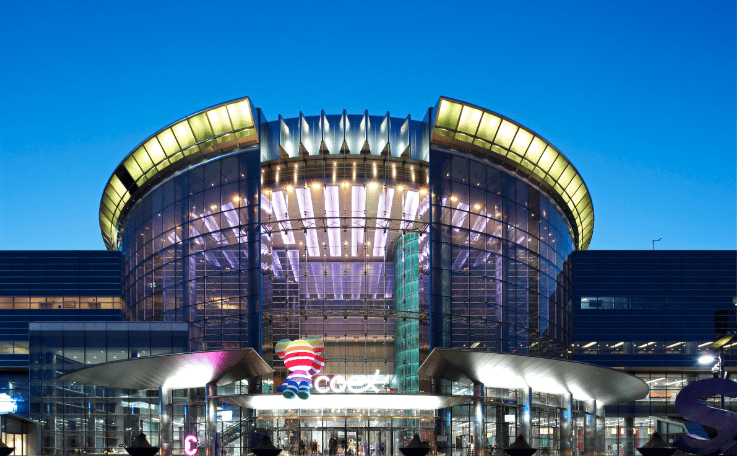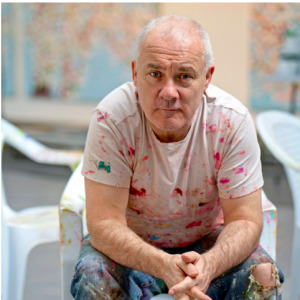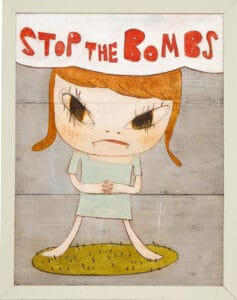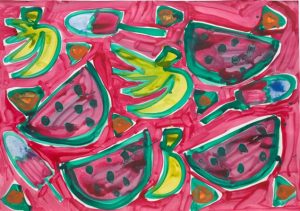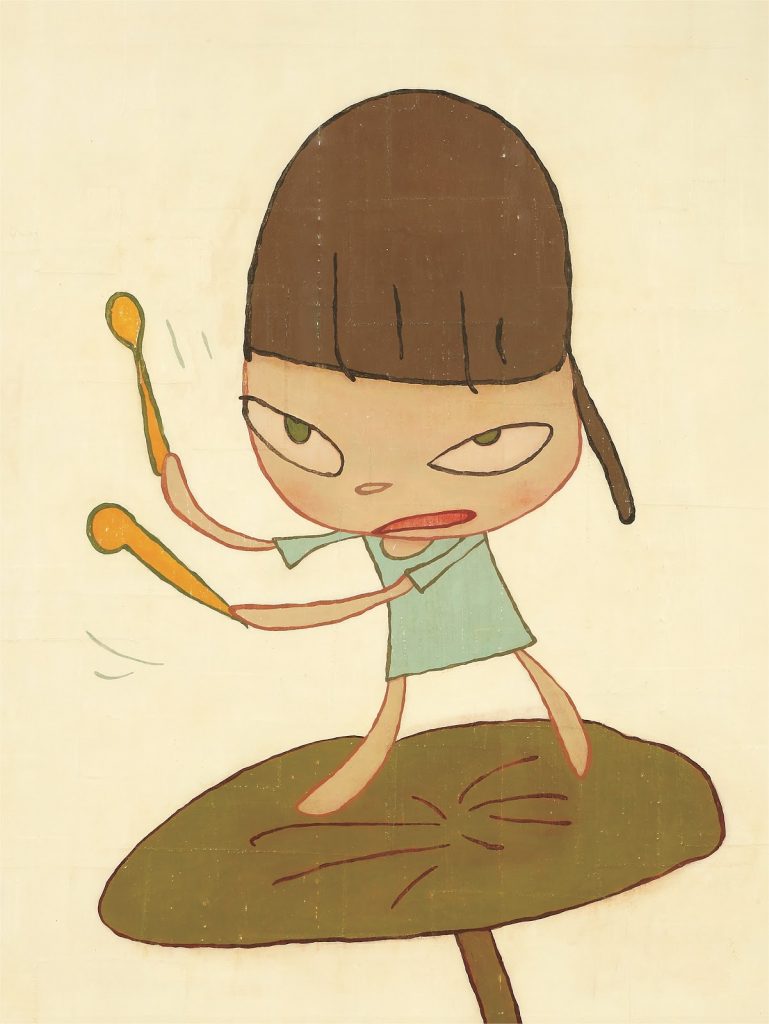
Marching on the Butterbur Leaf, 18 x 24 inches, Offset Lithograph, Open Edition, 2019.
In advance of Dallas Contemporary’s fall solo exhibition of Yoshitomo Nara (Japanese, b. 1959) curated by Adjunct Curator Pedro Alonzo, the artist has released another set of the 2019 Marching on a Butterbur Leaf print, created specifically for the museum and available for purchase through the following link.
The print follows the success of its initial drop last year, which sold out in under one hour.
The print is priced at $350, which includes an iron-level membership of $175 value to Dallas Contemporary. The print may also be purchased individually for $200.
The artist has generously waived the royalty from sales of the print in support of Dallas Contemporary. One hundred percent of proceeds will benefit the museum’s mission of presenting the art of our time to the public through rotating exhibitions, publications and educational programs for visitors of all ages.
More Info: dallascontemporary.org/naraprint
About The Artist
Yoshitomo Nara is a pioneering figure in contemporary art whose signature style—which expresses children in a range of emotional complexities from resistance and rebellion to quietude and contemplation—celebrates the introspective freedom of the imagination and the individual.
Yoshitomo Nara graduated from Aichi University of the Arts with a master’s degree in 1987, completing further studies at the Kunstakademie Düsseldorf, from 1988 to 1993, before settling in Cologne in 1994. This period of time was a pivotal influence on Nara, during which he began synthesizing Japanese and Western popular culture, as seen in Nachtwandern (1994), and when he arrived at his mature style, as seen in Pony Tail (1995) and Haze Days (1998). Nara’s paintings enact a fleeting presence between the figure and the ground—a result of several layers of paint in subtly varied if subdued pigments that he applies throughout the painting process—in which the figure pops out of or floats in a space that appears to exist outside the constraints of time.
A year after Nara’s return to Japan in 2000, his seminal solo exhibition titled I DON’T MIND, IF YOU FORGET ME was mounted at the Yokohama Museum of Art and displayed Nara’s extensive multidisciplinary approach to artmaking. In addition to stuffed animals, sculptures, paintings, and drawings, the artist presented Fountain of Life (2001), a ceramic sculpture featuring running water, and Time of My Life (2001), his “drawing room” installation built out of plywood, lit with bare lightbulbs, and filled with drawings on paper and various ephemera. This installation would anticipate a series of collaborations with the design collective graf, such as Yoshitomo Nara + graf: Torre de Málaga (2007), a site-specific installation at the Centro de Arte Contemporáneo de Málaga in Spain. Torre de Málaga, a towering house, was built out of industrial and waste materials collected from the city and included the work 1.2.3.4, Change the History (2007), which Nara painted on site and mounted onto the tower. Evoking Nara’s spirit of collaboration and existential introspection, the exhibition carried an implicit criticism of the effects of industrialization and globalization.
For Nara, the type of institution or the size of a space matters less than how connected he feels with its environment and his approach to art is similarly dependent on his sense of connection with its making. In 2011, the Great East Japan Earthquake and Tsunami greatly affected Nara’s worldview and impacted the work he made after that time. Still bearing the style he had developed throughout his oeuvre, this later work marked a thoughtfulness and pathos that seemed to reflect on themes such as impermanence, temporality, beauty, and the present. In the Milky Lake/Thinking One (2011), the first painting he made after the disaster, exudes the meditative and thoughtful figures that marked a shift in his practice and could be seen in Thinker (2017), at Pace in New York, and Ceramic Works And… (2018), at Pace in Hong Kong.
Nara’s work spans painting, drawing, photography, large-scale installations, and sculpture in ceramic, bronze, and fiber-reinforced plastic. Influenced by popular music, memories of childhood, and current events, he filters these references through an exploratory realm of feelings, loneliness and rebelliousness especially, which span autobiographical as well as broader cultural sensibilities.

